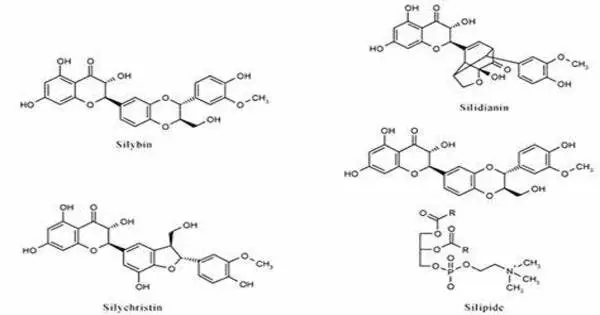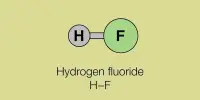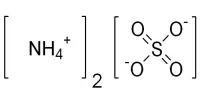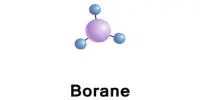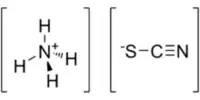Silylgermane, an inorganic substance, has the chemical formula H3Si−GeH3. It is a colorless gas that emits an awful stench. It is unstable in air. It is very flammable, poisonous, and corrosive. It interacts with alkali, liberating hydrogen. These are recognized for their reactivity, particularly in organometallic reactions. They can take part in reactions involving nucleophiles, electrophiles, and transition metals.
Silylgermanes are a type of organometallic molecule that has both silicon (Si) and germanium (Ge) atoms linked to organic groups. These compounds are commonly employed in organometallic chemistry and can have a variety of characteristics.
Properties
Silylgermanes are generally more stable than their parent germanes due to the presence of the silicon group. The silicon group provides increased stability and makes the compound more resistant to decomposition.
- Chemical formula: SiH3GeH3
- Molar mass: 106.763 g·mol−1
- Appearance: Colorless gas
- Odor: Unpleasant, irritating
- Melting point: −119.7 °C (−183.5 °F; 153.5 K)
- Boiling point: 7.0 °C (44.6 °F; 280.1 K)
- Molecular shape: Ethane-like
Preparation
One of the most frequent ways for producing silylgermane is the reaction of germane (GeH4) with chlorosilane (SiH3Cl) in the presence of a catalyst. Another approach involves the reaction of germane and silicon tetrachloride in the presence of a reducing agent. Silylgermane can also be created through the reaction of hydrochloric acid and magnesium or calcium germanides-silicides, as well as the reaction of hydrofluoric acid with a combination of silicon monoxide and germanium monoxide. Because of its severe toxicity and flammability, silylgermane must be synthesised with caution.
Uses
Silylgermane is useful in scientific research applications, for example in research of the properties of silicon and germanium compounds. Silylgermane is used as a precursor for the synthesis of germanium compounds, as well as in electronics such as germanium quantum dots, germanium nanowires, and in the production of solar cells and semiconductors.
Safety
Silylgermane is used in scientific research applications, such as investigating the characteristics of silicon and germanium compounds. Silylgermane is utilized as a precursor in the synthesis of germanium compounds, as well as in electronics such as germanium quantum dots, germanium nanowires, solar cells, and semiconductors.
Safety
Silylgermane is highly flammable and can explode when heated, particularly in closed bottles containing this chemical. Silylgermane is known to be highly poisonous; therefore, it is critical to handle this chemical with caution and utilize suitable protective equipment. It irritates the skin, eyes, and respiratory system. It corrodes both materials and living tissues (such as skin, mucous membranes, lungs, and eyes). May result in serious and permanent skin and eye damage. Inhalation of silylgermane and its fumes may cause death.
